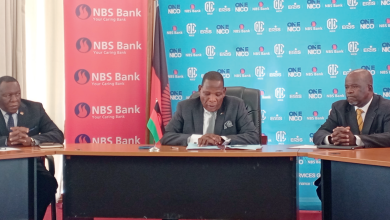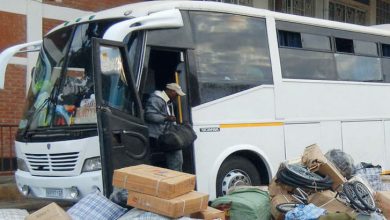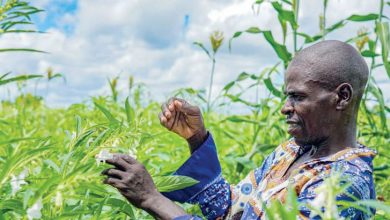Local miners target global supply-chain shift
The country’s graphite and rare earth miners have described the US and China tariff environment as an opportunity to enable them to emerge as a competitive supply chain alternative to western manufacturers.
Both Sovereign Metals of Kasiya Rutile and Graphite project in Lilongwe and Lindian Resources which is developing Kangankunde Rare Earth Mine in Balaka highlighted this in their updates.
According to Sovereign Metals quarterly report, the ongoing graphite tariff environment underscores Kasiya’s global significance as it offers strategic market opportunity.

For instance, the report says the US Commerce Department announcement on July 17 2025 of 93.5 percent preliminary anti-dumping duties on Chinese graphite imports highlights Kasiya’s potential as world’s largest and lowest-cost non-Chinese graphite producer.
It reads: “Combined with existing tariffs, this creates an effective 160 percent barrier on Chinese graphite, fundamentally altering the economics for battery manufacturers seeking secure, cost-competitive supply chains.
“China currently controls approximately 75 percent of global graphite production and 97 percent of anode material processing, creating critical supply chain vulnerabilities that major battery manufacturers are now actively addressing.”
It added that this unprecedented disruption in global graphite markets comes at a time the latest test work on graphite from the company’s Kasiya project has delivered highly successful results.
Once developed, Kasiya has the potential to become the world’s largest and lowest-cost natural flake graphite producer, offering battery manufacturers a strategic alternative to Chinese supply chains for anode material feedstock.
Managing director Frank Eagar said: “Kasiya remains a primary rutile project, but our ability to also produce exceptional CSPG with world-class performance characteristics from our natural graphite concentrate is a further demonstration of the geopolitically strategic nature of Kasiya.
“Kasiya’s Resource scale, long life, potentially lowest-cost non-Chinese producer, combined with our demonstrated technical excellence, positions us perfectly to serve battery manufacturers seeking secure supply chain diversification.”
Earlier, Lindian Resources described the Chinese rare earth export controls to US which came in form of retaliation to tariffs as a significant element that refined the global supply chains of rare earth elements.
“Beijing’s move targets rare earth elements, namely samarium, gadolinium, terbium, dysprosium, lutetium, scandium and yttrium, which are vital for defence systems, electric vehicles, wind turbines and high-performance magnets.”
It highlighted that with tighter export licences and dual-use scrutiny, this directly impacts western and Japanese manufacturers, slowing supply, stalling magnet production and increasing urgency for alternate sources.
Geologist and mining consultant Ignatius Kamwanje said in an interview said the two companies, which either signed or are discussing off-take agreements with American companies, are well positioned to benefit from the current trade war because of the US’ desperate need for such raw materials.
“In as much as US imposed tariffs, it is desperately in need of rare earths and graphite and Malawi shal, indeed, be the critical supplier. China placed export restrictions of rare earths as part of sweeping response to US tariffs,” he said.
Lindian Resources, a medium-scale mining licence holder currently negotiating a mining development agreement, has started its early-stage site works, a key milestone in the delivery of one of the world’s most significant undeveloped rare earth assets.
While Sovereign Metals is still at its initial stages before definitive feasibility studies, it’s Kasiya Rutile and Graphite deposits boasts of high value, and Lindian Resources, on the other hand, is constructing phase one with projections of production to commence in the fourth quarter of 2026.





